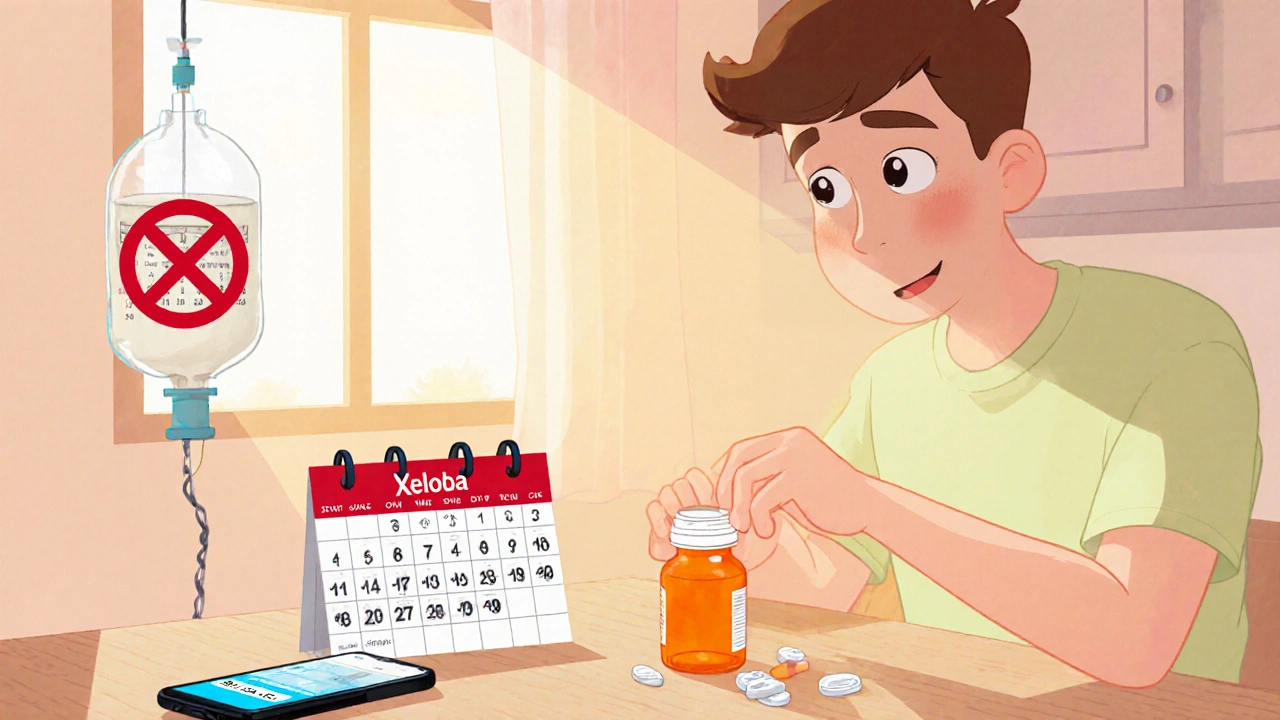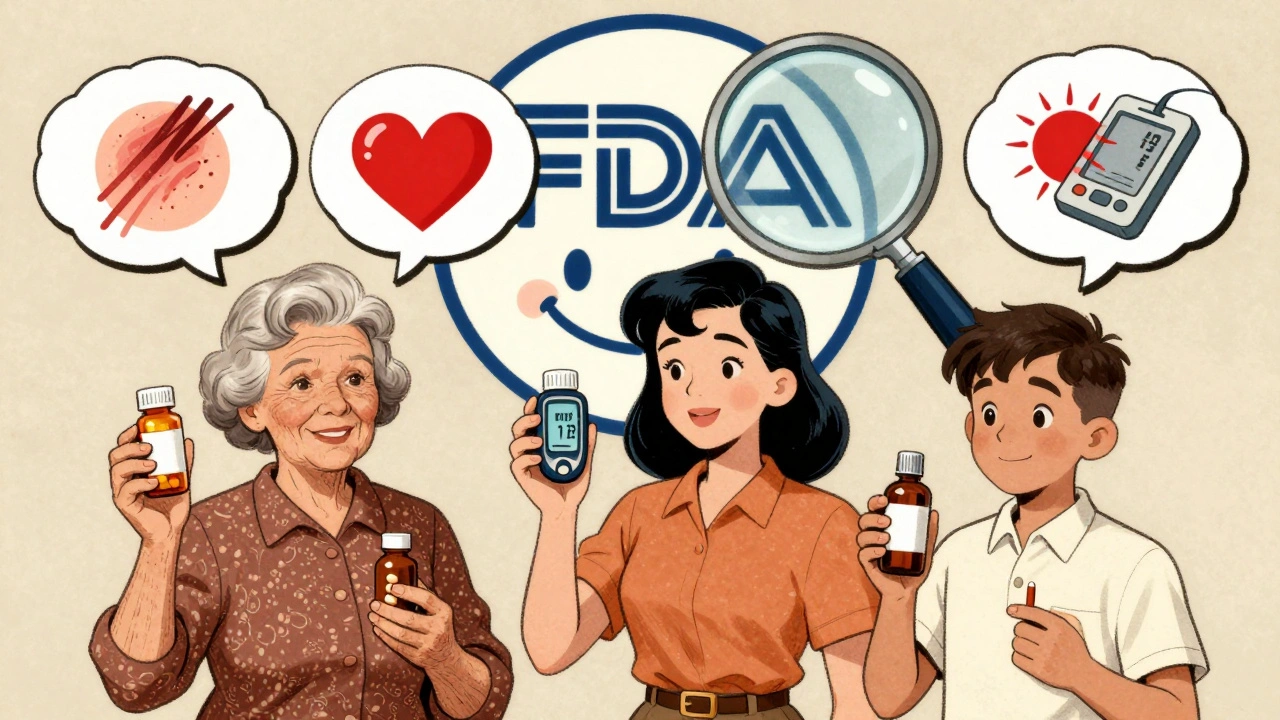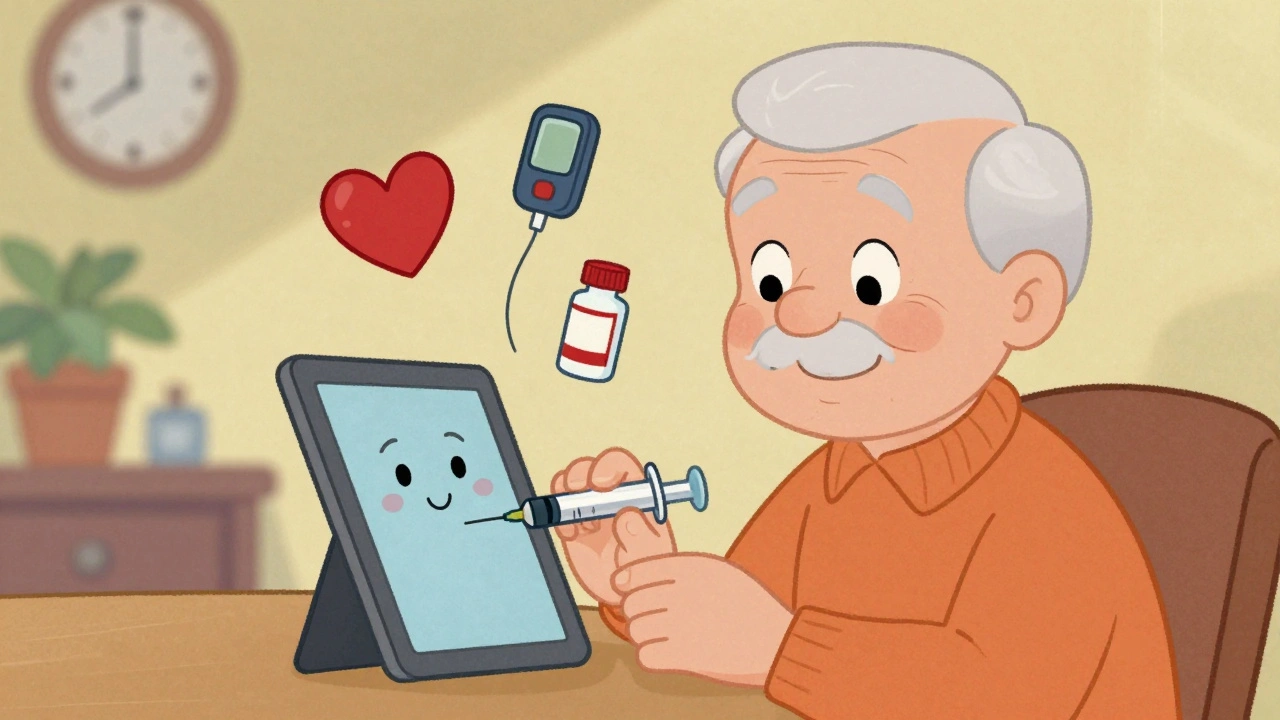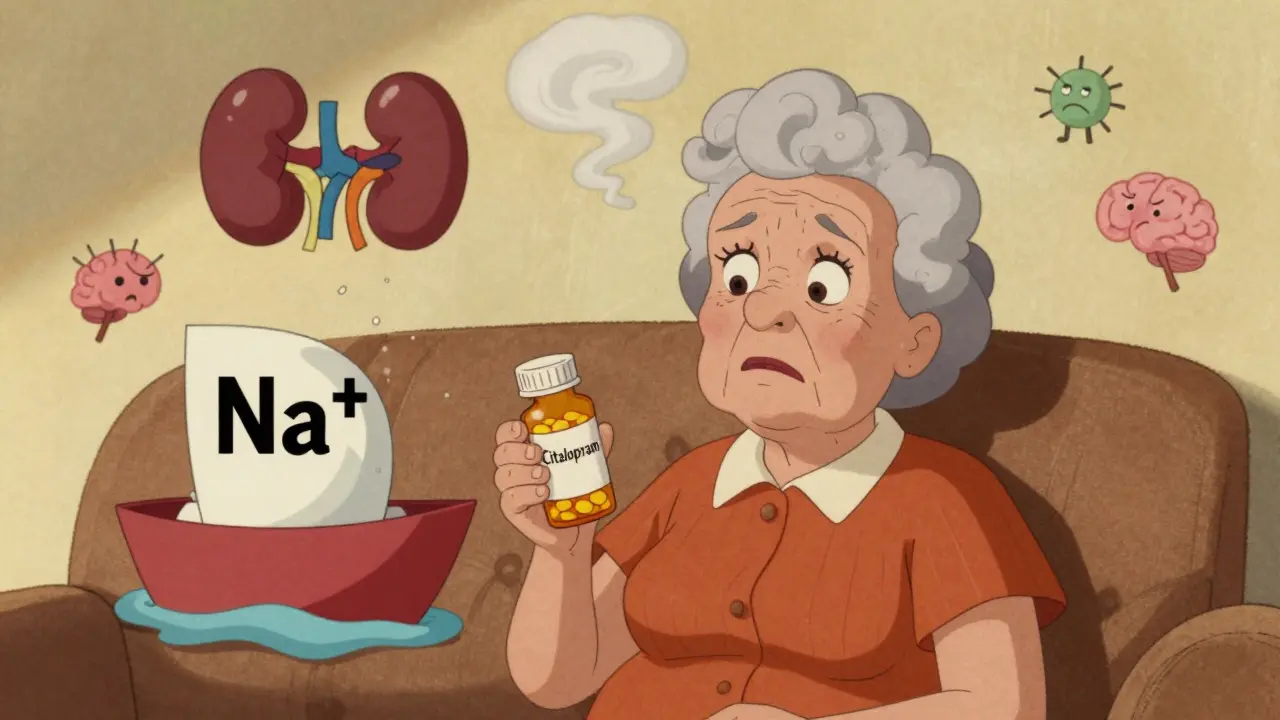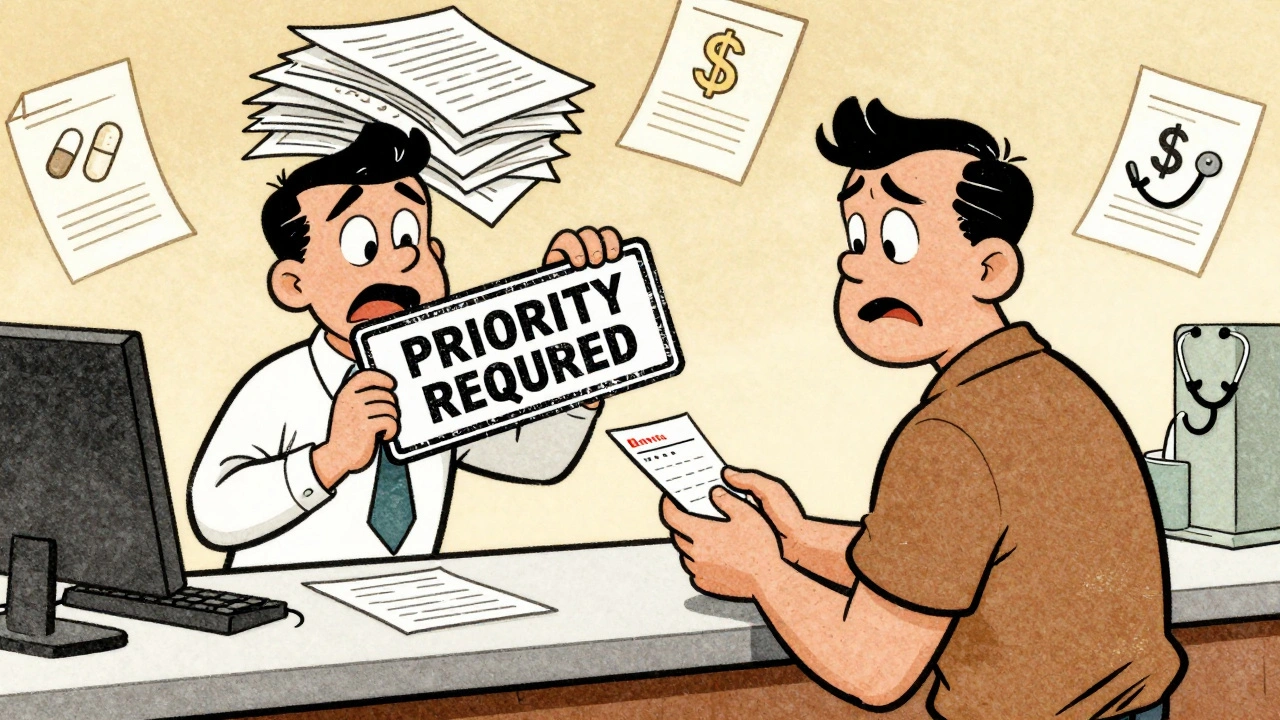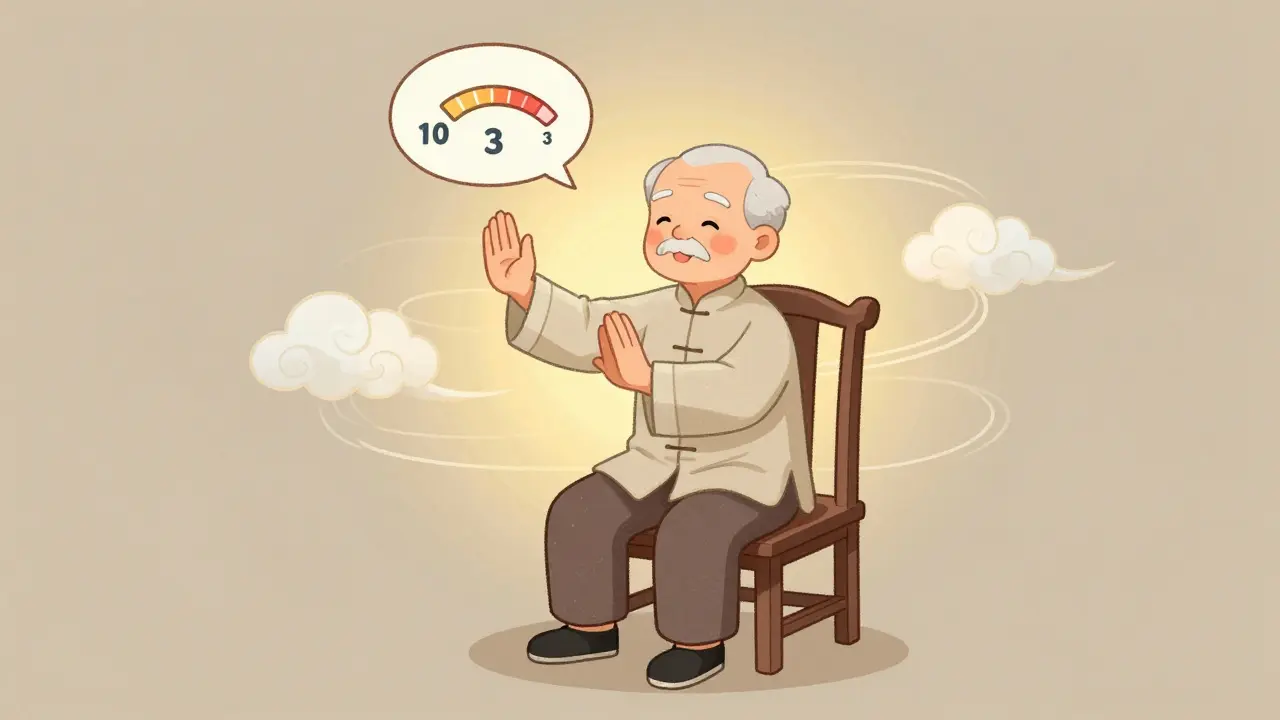Capecitabine: What It Is, How It Works, and What You Need to Know
When you hear Capecitabine, an oral chemotherapy medication used to treat certain types of cancer by turning into 5-FU inside tumor cells. Also known as Xeloda, it's one of the few chemo drugs you can take as a pill instead of an IV. That makes it easier to manage at home, but it doesn’t make it any less powerful. Capecitabine is designed to target cancer cells that are growing quickly, especially in breast, colorectal, and stomach cancers. It’s often used when the cancer has spread — like in metastatic cases — or after surgery to reduce the chance of it coming back.
It works by turning into another drug called 5-fluorouracil (5-FU) right where the tumor is. Healthy cells don’t convert it as easily, so the damage is mostly focused on cancer. That’s why doctors choose it over older IV chemo for some patients — fewer hospital visits, less time on a drip. But it still hits hard. Common side effects include hand-foot syndrome (redness, peeling, pain in palms and soles), diarrhea, nausea, and fatigue. People on Capecitabine often need regular blood tests to watch for low white blood cell counts, which can raise infection risk.
Capecitabine doesn’t work alone. It’s often paired with other drugs like oxaliplatin or docetaxel, depending on the cancer type. For colorectal cancer, it’s part of the XELOX regimen. For breast cancer, it might follow or replace other treatments like anthracyclines. What’s important is that it’s not a one-size-fits-all drug. Your doctor will look at your cancer stage, your overall health, and how you respond to earlier treatments before deciding if Capecitabine is right for you.
Some people worry about cost or access. Generic versions are available, and many patients find it more affordable than IV chemo when you factor in travel and time off work. But it’s not something you just pick up at a regular pharmacy — it’s a controlled cancer drug that requires a prescription and careful monitoring. You can’t just start and stop it. Skipping doses or taking too much can lead to serious side effects or reduce its effectiveness.
If you’re on Capecitabine, staying hydrated, avoiding extreme heat (which worsens hand-foot syndrome), and reporting any new pain or rash early can make a big difference. Many patients do well on it for months or even years, especially when combined with other therapies. It’s not a cure for everyone, but for many, it’s a way to keep cancer under control without constant clinic visits.
Below, you’ll find detailed guides on how Capecitabine fits into broader cancer treatment plans, how it compares to other chemo drugs like Alkeran or 5-FU, what to expect during treatment, and how to manage side effects safely. These aren’t just generic articles — they’re practical, real-world insights from people who’ve walked this path and clinicians who’ve seen the results firsthand.
